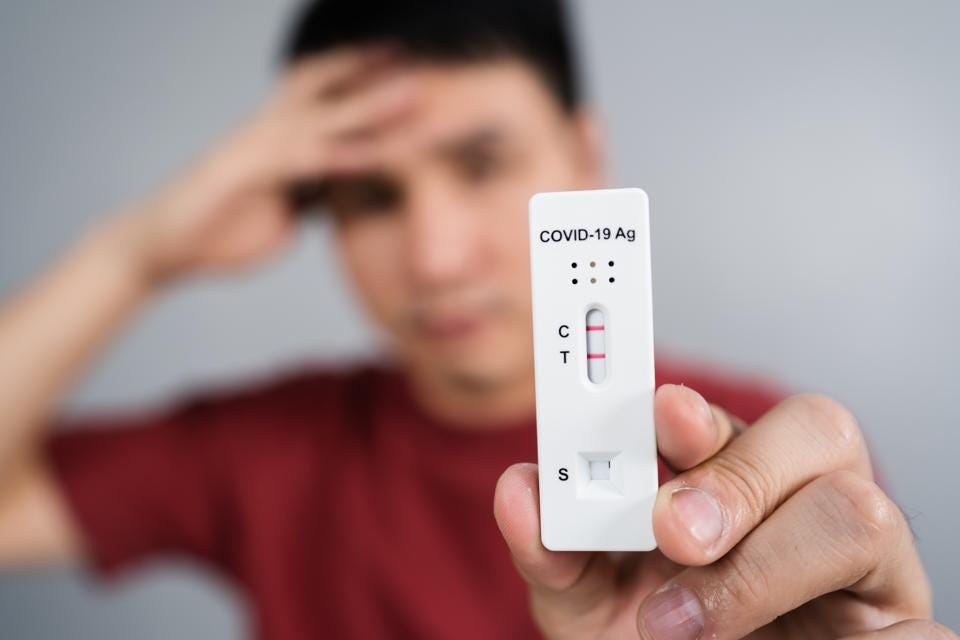When to return to TRAINING after COVID
Health, March 16, 2022
There is little guidance to help athletes navigate returning to training post COVID. These protocols have been developed by a NZ sports doctor working at high performance matched with my thoughts. These are current as at March 2022.
These return to training guidelines have been created by a sports doctor working in a high performance sport environment. They take NZ public health guidelines into account at March 2022 matched with overseas information and experiences. Changes will have to be made as new information comes on line. The guidance can be provided to performance athletes who have experienced mild to moderate illness, or are asymptomatic. It is not appropriate for those requiring hospital level care. It is not deemed to be suitable for 'recreational' athletes but I feel some guidance is better than none for all athletes. COVID -19 is known to affect the heart, lungs, and brain. There is risk if you exercise too early after infection you could experience other health issues. The big take away is NOT to return to full training too soon as this may increase the very small chance of long COVID issues.
The return to training progressive program should only be started when you are able to complete all activities of daily living without excessive fatigue and/or breathlessness and are able to walk on the flat without breathlessness. You should be off any medication that masks symptoms e.g. paracetamol. Under this protocol you should only advance to the next stage if there are no worsening off symptoms.
If any 'red flags' or concerning symptoms occur then contact your GP, or at a minimum rest and reattempt the previous stage after at least 24 hrs without symptoms.
• Psychological / mental health / anxiety-related difficulties
Injury risk after period of de-loading and re-loading - If you are away from training for more than 3 weeks due to longer illness there is a higher risk of de-conditioning so a gradual return needs to be adhered to. Please listen to your body carefully - especially the morning marker (fatigue, discomfort morning after activity)
There is evidence from overseas athlete groups suggesting that COVID +ve athletes who are asymptomatic or only experience 'above neck' symptoms (eg cough, sore throat) tend to recover quicker and may be able to return to training faster than athletes that experience 'below neck' or more systemic symptoms eg shortness of breath, chest pain, fatigue or fever. Once completed STAGE 0 the athlete moves into STAGE 1 if illness was symptomatic with below neck symptoms and STAGE 2 if illness was symptomatic only above neck.
STAGE 0 (acute infection) - Unable to complete activities of daily living without fatigue, able to walk 500m without shortness of breath.
STAGE 1(minimum 5 days, allow for adequate recovery) - Walking for life, activities of daily living only.
STAGE 2(minimum 5 days) - Re-introduction of light activity with walking, stationary bike, yoga, and gentle body weight conditioning work. Heart rate must be below 70% of max or 180 - age (MAF aerobic), total training will be less than 30min per each 24hr window for the 5 days.
STAGE 3(minimum 3 days) - Increase frequency, duration and intensity. Manage tolerance and fatigue. Can reintroduce strength work and body weight circuit work. Heart rate must be below 80% of max (or 180 - age + 10-20 beats), cardio training less than 60min per 24 hour window for the 3 days and strength work less than 30min per 24 hr period for the 3 days. If you want to combine cardio and strength on the same day try and have at least 4 hrs rest between them to prevent cumulation fatigue.
STAGE 4 (minimum 2 days) - Resume normal training progression. Keep heart rate less than 80% of max (or 180 - age + 10-20 beats), CV training no more than 120min per 24 hours. Strength and conditioning reintroduce power but less than 60min per 24 hour window, and complete at least 4 hrs after the CV component.
STAGE 5 - Build back into full training over next 4 weeks. Continue to monitor symptoms such as resting heart rate, and fatigue. You should not be back at competition within at least 4 weeks of acute infection. Guidance in other documents I have read suggest to only return to exercise after at least seven days free of symptoms followed by a minimum of two weeks minimal exertion.
Brad Dixon is a sports physio, coach, and wellness evangelist based at EVERFIT Physio & Coaching. His passion is promoting enhancing daily habits that nudge people towards potential and save the planet. His book ‘Holistic Human’ is available here - https://everfit.co.nz/Store/Category/Book . The power is in our daily habits! Connect with Brad at www.everfit.co.nz, Facebook, Strava, Instagram (@everfitcoach), and YOU TUBE https://youtube.com/c/EverFITcoach

.jpg?version=8)